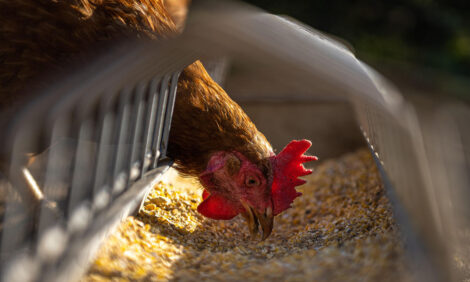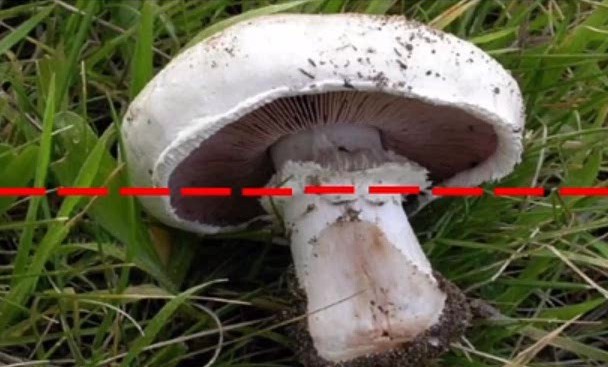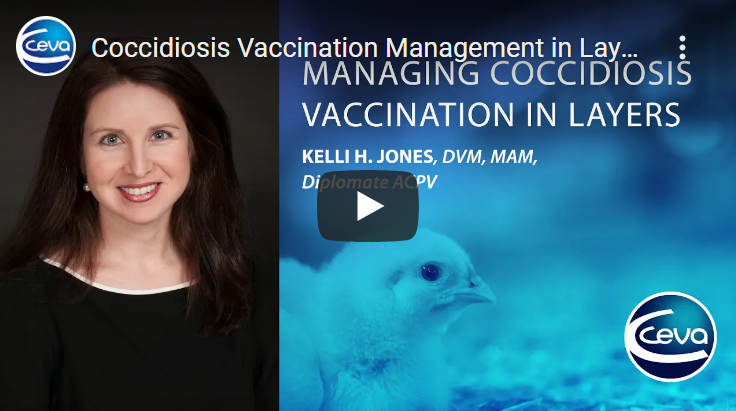



2021 IPPE: Can broiler producers keep Clostridium perfringens at bay without antibiotics?
Researcher Courtney Fancher explained that a “no antibiotics ever” broiler farm kept the prevalence of Clostridium perfringens low during production – contradicting other studies.Part of Series:
< Previous Article in Series Next Article in Series >

Speaking at the 2021 International Poultry Science Forum, Mississippi State University researcher Courtney Fancher explained that a “no antibiotics ever” broiler farm managed to keep the prevalence of Clostridium perfringens
low over the course of production – contradicting the findings of previous case studies.
Her research, which formed part of the 2021 IPPE virtual conference, was the first to document the actual prevalence of C. perfringens bacteria in four “no antibiotics ever” broiler farms. Fancher initially hypothesised that removing all antimicrobials from the production cycle would lead to an increase in C. perfringens bacteria, along with increases in disease incidences. However, after collecting multiple samples from the production environment and chickens, Fancher’s analysis revealed that removing antibiotics from the farm environment was associated with a lower prevalence of Clostridium bacteria and a decreased disease load.
Fancher told conference delegates that these results indicate that environmental factors play a strong role in the proliferation of C. perfringens bacteria. She noted that the four farms did not record recent cases of necrotic enteritis before the trial period. She concluded that managing production parameters like moisture, pH and the quality of poultry litter are essential if farmers wanted to keep Clostridium levels low without relying on antibiotics.
Why C. perfringens is an ongoing challenge for the broiler industry
Clostridium perfringens is found across multiple animal species and is the root cause of multiple avian diseases like necrotic enteritis and gangrenous dermatitis. Since the bacteria is spore-forming, it can survive and proliferate in multiple environments and is difficult to eradicate. Clostridium-related diseases cost the poultry industry an estimated $6 billion per year, so keeping bacterial spores at bay is essential to safeguard broiler welfare and keep the industry profitable.
Poultry producers used to control C. perfringens spores by using antimicrobial growth promoters (AGPs). Though these broad-spectrum drugs suppressed the bacteria, growing concerns over antimicrobial-resistant (AMR) bacteria and sustainability have spurred the poultry industry to find other ways to manage C. perfringens.
Currently, broiler producers are trialling “no antibiotics ever” production systems to keep the industry sustainable. These systems remove all antibiotics from poultry feed and prevent chickens from being treated with the drugs. Though this move has addressed AMR concerns, outbreaks of necrotic enteritis tend to be higher in “no antibiotics ever” farms.
Downstream effects like decreased productivity and efficiency, along with higher mortality rates from Clostridium-related diseases are also associated with the system. However, the actual incidence and prevalence of C. perfringens in “no antibiotics ever” farms isn’t well documented, making it difficult to draw concrete conclusions.
The study and key conclusions
Fancher identified four commercial broiler farms that had recent transitioned to a “no antibiotics ever” design. After the farms began a production cycle in the summer of 2019, she collected litter, faecal and cloacal samples on day 28 and day 56 of the production cycle. During data collection, she noted that the environment had a low humidity index and that the poultry litter was comparatively dry. The flock was also healthy during the production period.
Genetic analysis of the samples showed that they had a lower-than-expected prevalence of C. perfringens. Fancher found these results surprising; but suggested that the bacterial loads could have been influenced by environmental factors.
She told delegates that the four farms had no history of necrotic enteritis, meaning that the C. perfringens bacteria had not previously spread in the environment. Similarly, dry poultry litter and warm weather could have suppressed the bacterial counts (wet litter and high pH is typically associated with higher bacterial counts).
Fancher told delegates that future research in “no antibiotics ever” farms should try to account for the environmental influences in this case study. Sampling throughout the year and testing flocks that have a history of necrotic enteritis could give more concrete evidence for the efficacy of a “no antibiotics ever design”, while keeping prevalence of C. perfringens low.
The International Poultry Science Forum is running on 25 and 26 January as part of the virtual IPPE Conference. Click here for more information about the event.
















